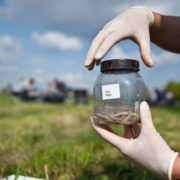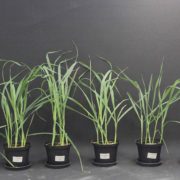Adaptation of the current earthworm field study guideline to harmonise field testing and risk evaluation for earthworms
This project has three aims: (1) to compile and critically evaluate standardised earthworm field studies in order to optimise the current test design, (2) to perform a pilot earthworm field study following the improved test design, and (3) to prepare an OECD draft guidance document. After having discussed different design options within the OECD-GSIG expert […]








 K. Duis
K. Duis
